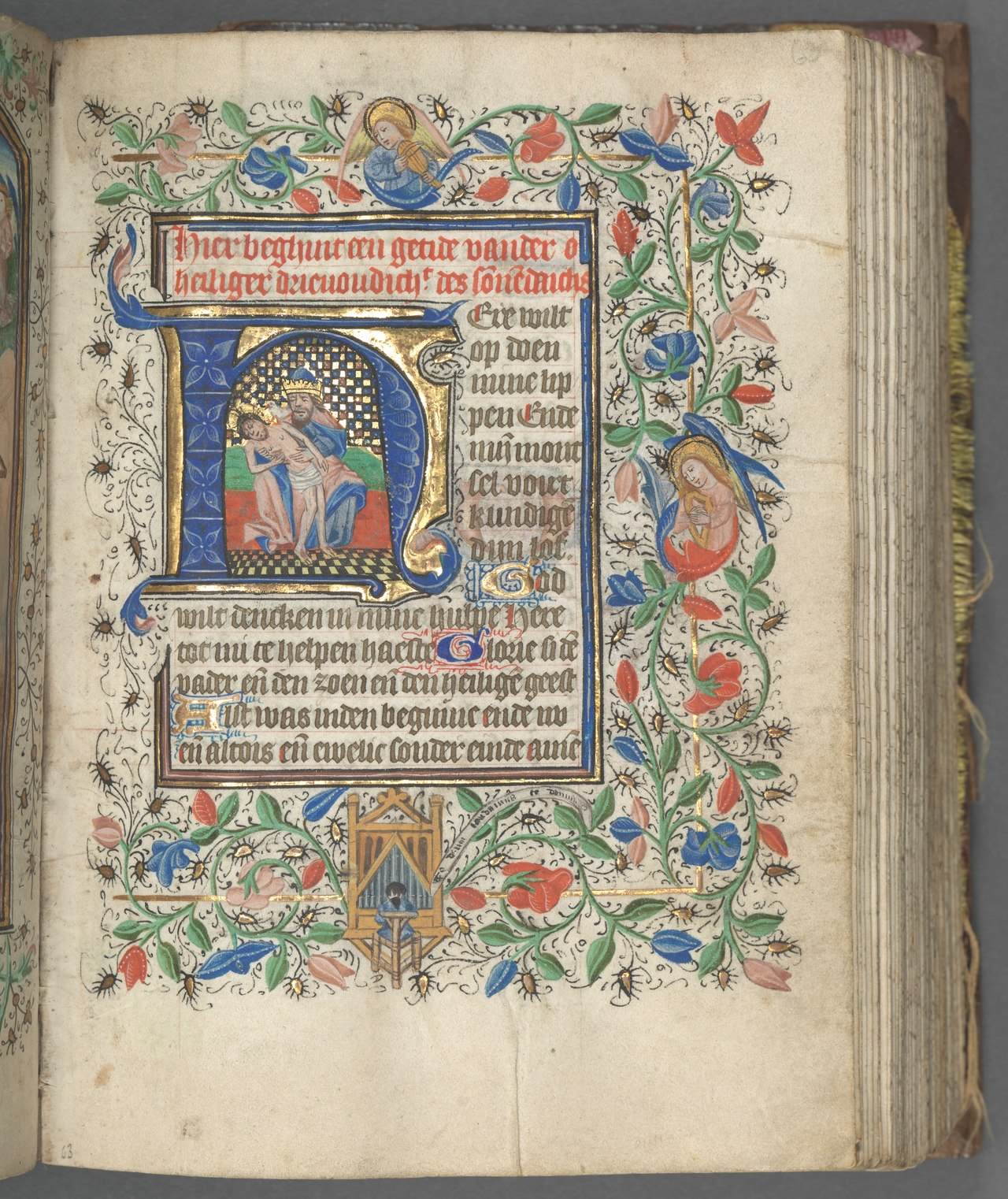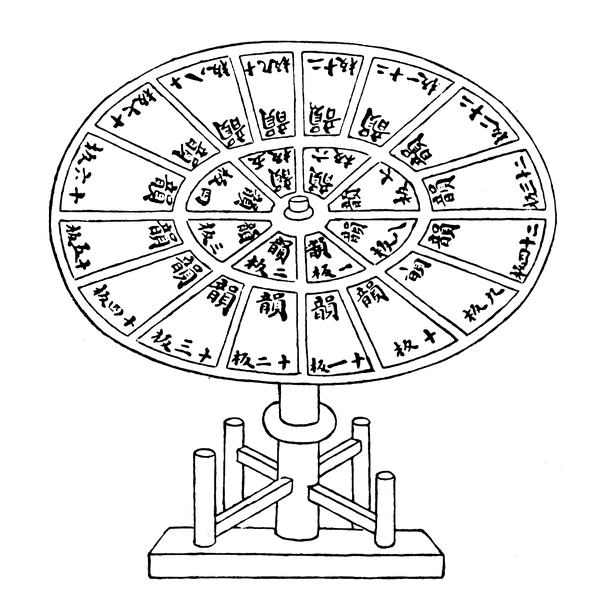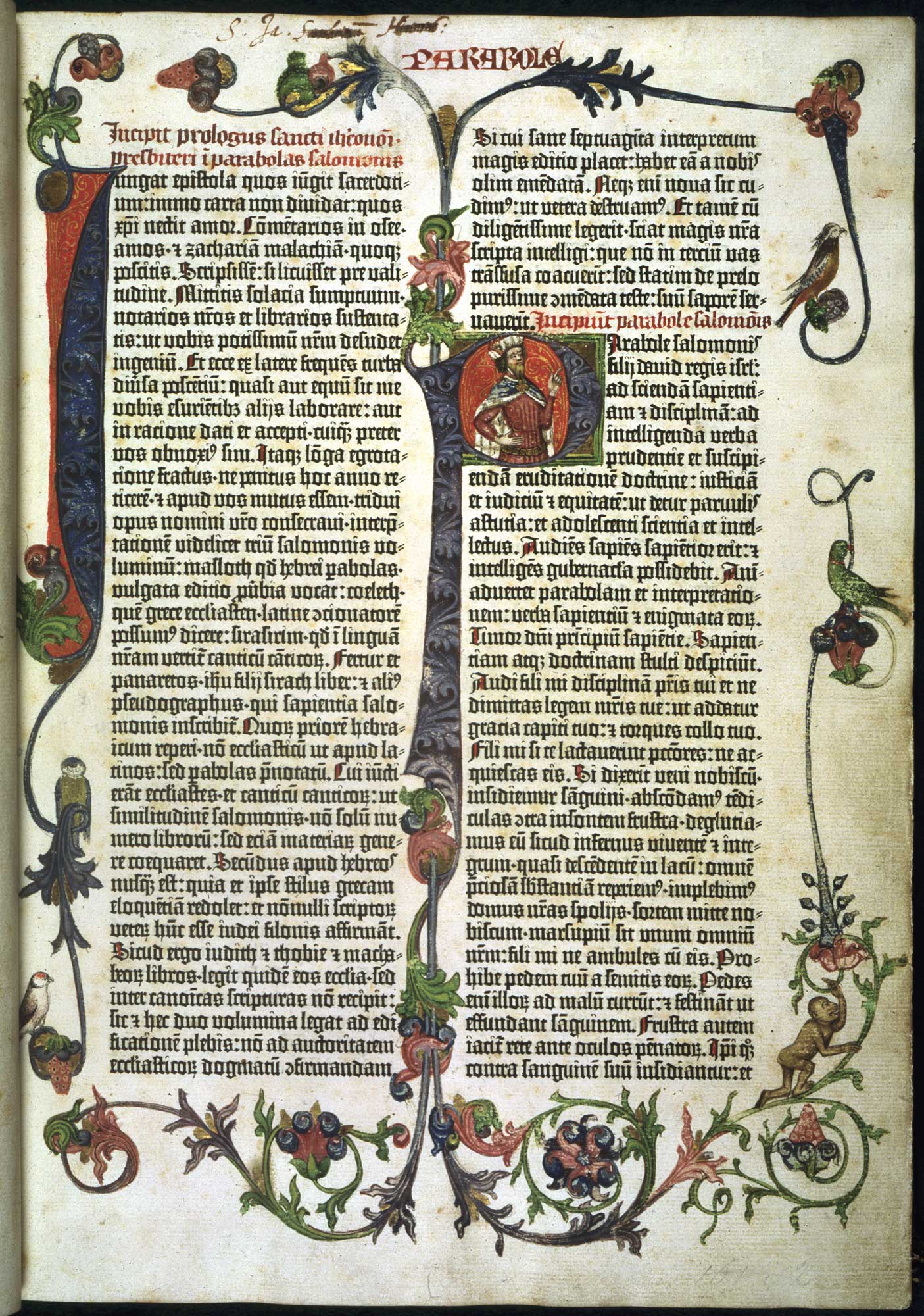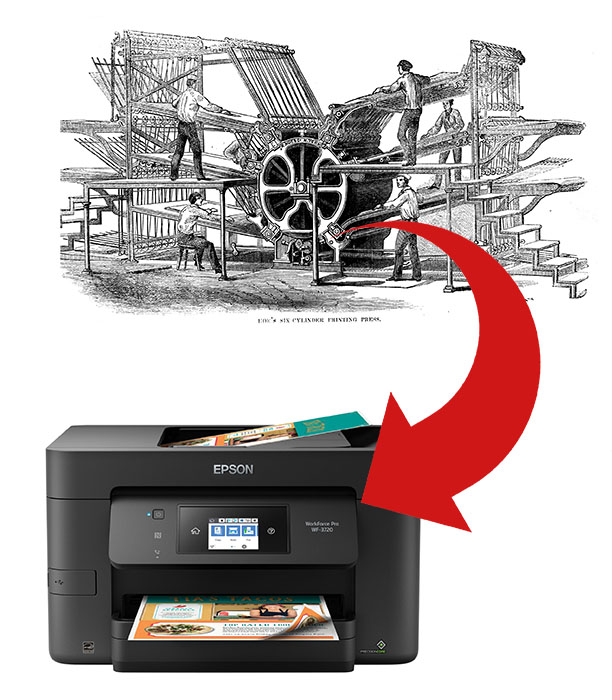Early Printing in Graphic Design
Graphic design is an important art form for visual communication and problem-solving. It comes in many forms, using some or a combination of typography, photography, iconography and illustrations. Designers have the important role of creating and combining symbols, images and text into a new form to communicate some message. Typography and page layout techniques are the foundation in which visual designers develop upon. Graphic design is a broad field which encompasses logos, branding, editorial design, environmental design, advertising, web design, product packaging, and signage.
As Graphic Design is about visual communication, it can be found all across the world throughout history, including pre-historic cave paintings. As technology improved, graphic design became a regular tool for humans to express ideas between one another. One of the most influential devices for civilization is the printing press, which allowed knowledge to be spread easier though mass production.

Illuminated manuscripts were incredibly ornate books which held religious content such as verses. They were done painstankly by hand and took years to produce. Due to the labor involved, these manuscripts were reserved for the wealthiest of patreons.

The first innovator in printing technology was Wang Zhen, a Chinese mechanical engineer of the Yuan Dynasty (1271–1368). While his invention was important, it did not take off due to the Chinese language being based on several thousands of complicated characters.

One of the first mass produced books was the Gutenburg Bible. It was also known as the 42-line bible as most of the pages were printed to fit 42 lines of text on them.
Printing press technology continued to evolve with the needs at the time.
Below are the most notable examples:
Lithography – 1796
is a technique sometimes used to this day. involves a process of oil and water to create colored prints.
Rotary Press – 1843
A giant press using cylinders to improve printing speeds by having paper being constantly fed though the press
Screen Printing – 1910
The technique involves pushing ink through a mesh stencils onto textiles or paper.
Inkjet Printing – 1951
Inkjet printing is one of the most common ways of printing today. Direct contact with paper is no longer required, instead ink can now be applied by spraying it through jets.
Laser Printing – 1969
Depending on the print job, Laser printing is better than inkjet. This advanced method produces high quality images by passing a laser beam back and forth, then collecting electrically charged powdered ink to transfer the image to the paper.
Digital Printing – 1991
Digital Printing made it possible to print straight from digital files, making it very easy for anyone to print from their home.





